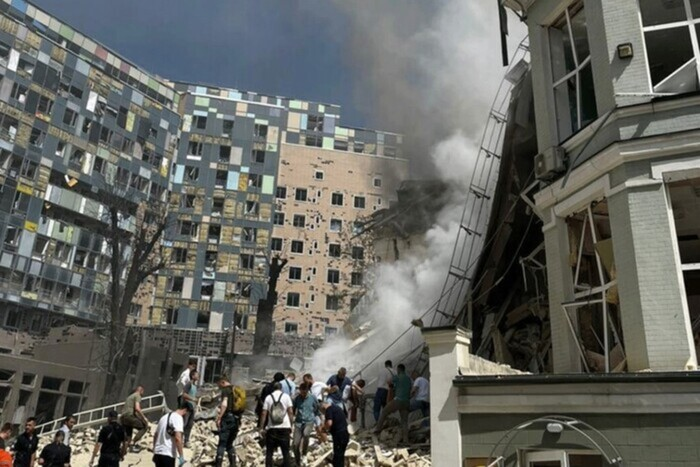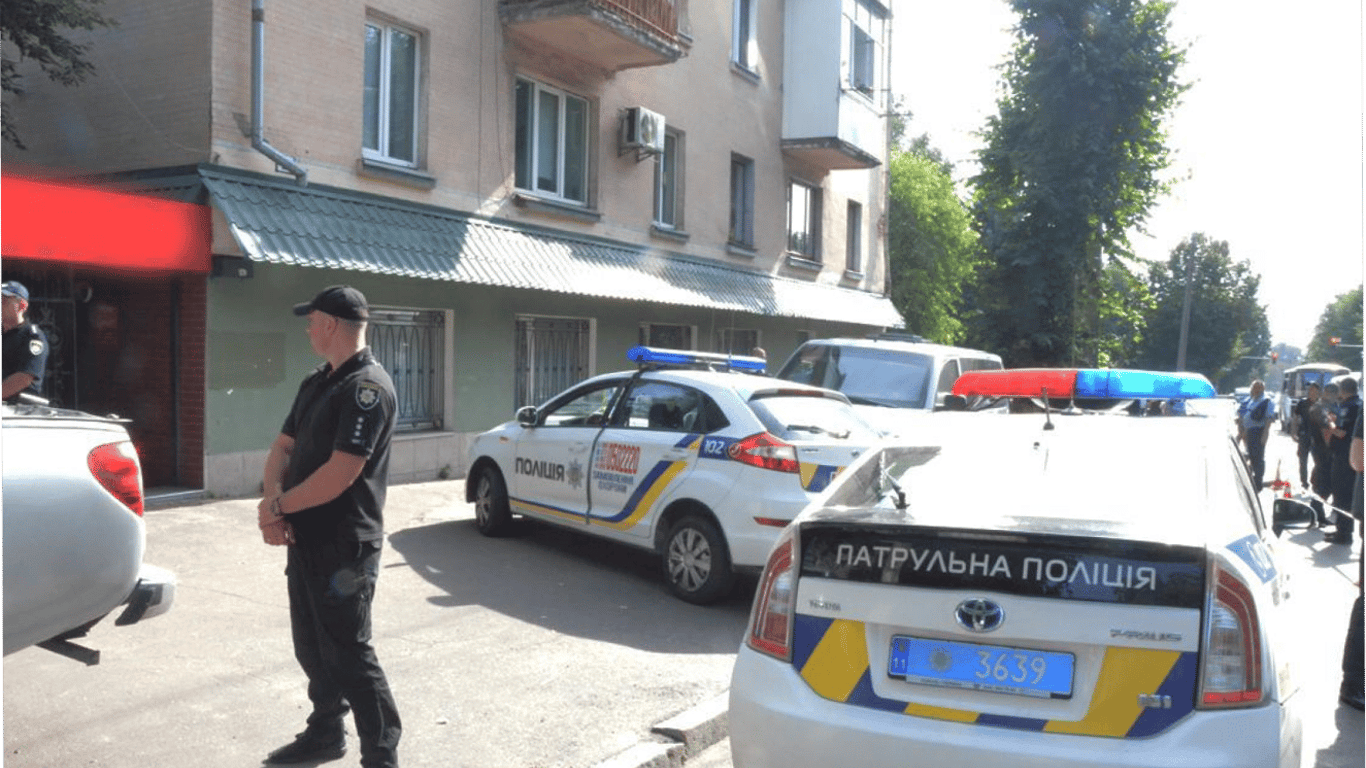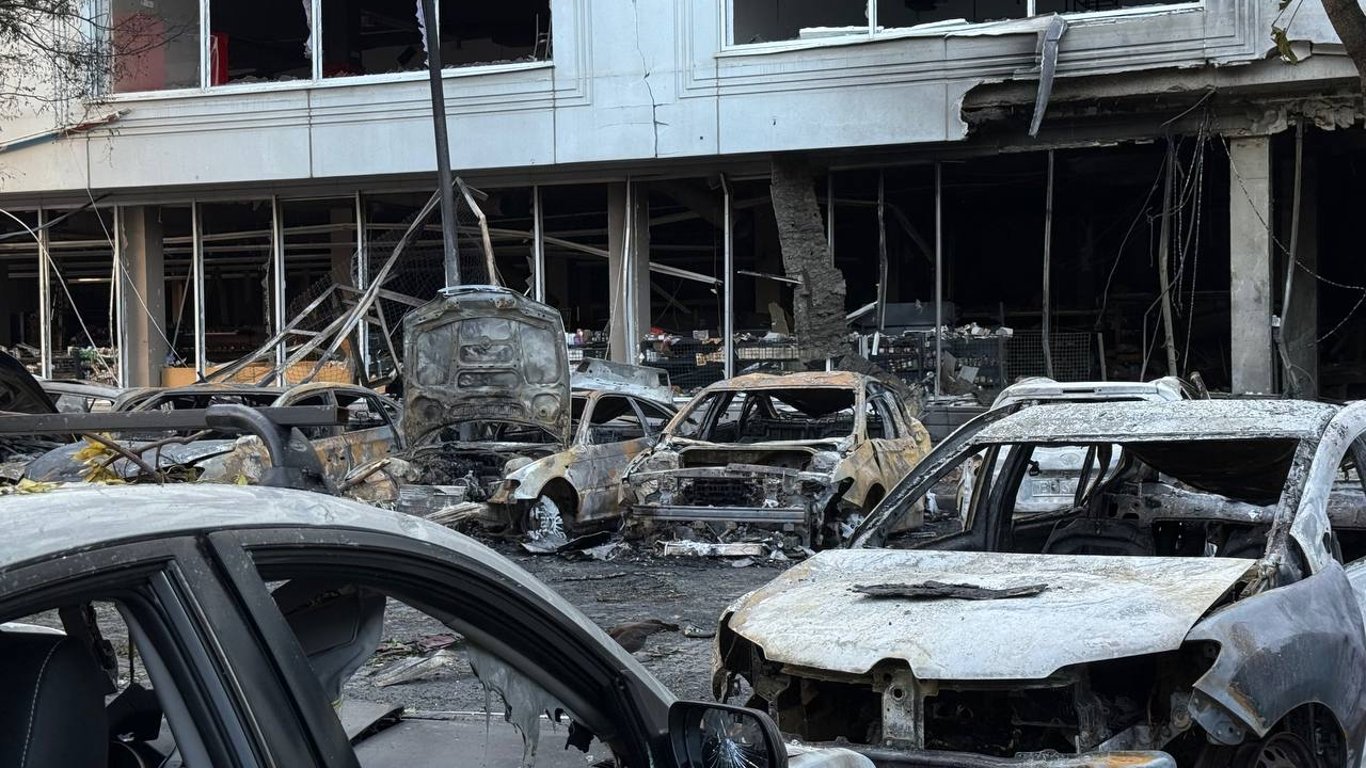The Russian missile that hit "Okhmatdyt" could have been manufactured just days before the attack.


According to the investigation by Conflict Armament Research (CAR), the Kh-101 cruise missile used by Russia to attack the children's hospital "Okhmatdyt" in Kyiv on July 8 could have been created just a few weeks, or possibly even a few days before the attack. This information was published by the Conflict Armament Research study.
CAR experts analyzed the debris of the Kh-101 missile and determined that it was manufactured at most three months before the attack. It is also possible that it was assembled eight days before the strike.
On the tail section of the missile, researchers found parts of a 13-digit production number (31526379XXXXX). The last five digits were kept hidden so as not to disclose all information about the missile.
The first six digits (315263) were found to be identical for all production numbers of Kh-101 missiles. Additionally, as noted by CAR, the digits 7 and 9 indicate that the missile was manufactured in the second quarter of 2024 (from April 1 to June 30).
Considering the fact of the Russian attack on "Okhmatdyt" on July 8, researchers suggested that the missile could have been manufactured a few weeks or even a few days before the attack.
CAR experts analyzed the missile debris and found parts of the production number, indicating that it was manufactured in the second quarter of 2024. This means that at least 8 days passed between its production and the strike.
Recall that on July 8, the Russian Federation carried out a massive missile attack on the city of Kyiv. One of the rockets hit the children's hospital "Okhmatdyt".
Read also
- In case of emergency - which bridges in Kyiv are the most dangerous
- Smuggling instead of humanitarian aid — cargo detained in Odesa region
- Departure to Moldova Complicated - Situation on the Odesa-Reni Road
- Powerful explosions occurred in Sumy — how the Russians are attacking
- In Kyiv region, an unknown person shot a man — details from the police
- Photo of the aftermath of the attack on Odesa - what people experienced








